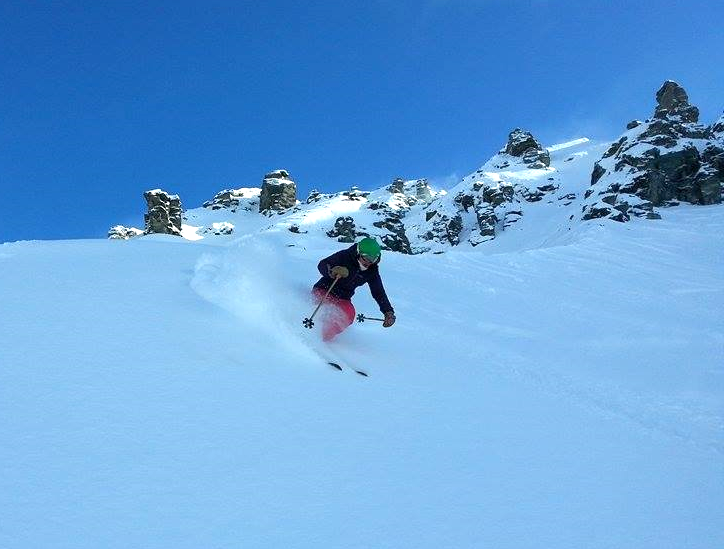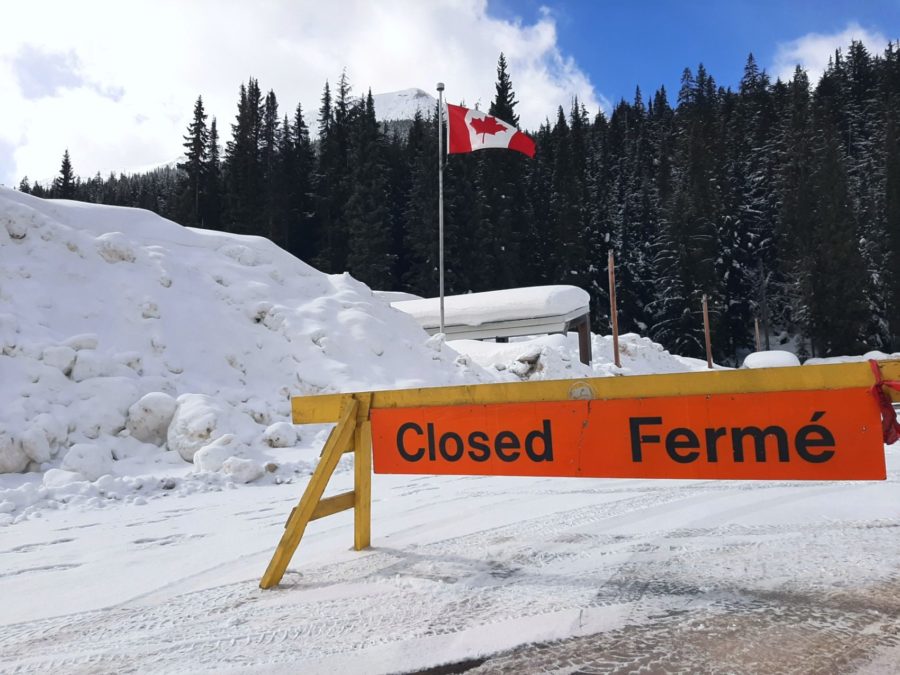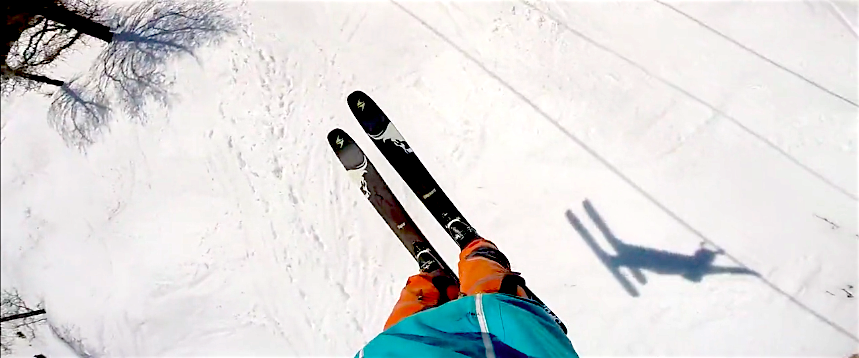
Pyrocumulus clouds, also known as ‘fire clouds’, are extremely rare cloud formations caused by rising heat and smoke from volcanoes, or as in the case in California right now, by raging wildfires. These fire clouds are extremely fast-forming, can host their own lightning storms, and cause devastating wind. In other words, the wildfire can create its own weather system, writes Wes Siler for Outside Online:
Normal clouds are formed when the sun heats the earth’s surface, causing water to evaporate and rise into the atmosphere, where it cools and condenses into a cloud. This is a relatively slow process compared to the formation of a pyrocumulus cloud, where the intense heat of a huge wildfire burns the moisture out of the vegetation. This moisture then accumulates on smoke particles and rapidly condenses as it rises.
In California, passersby posted remarkable images to social media of the wildfires sending up these cloud forms.
How crazy is this?
A pyrocumulus cloud formed from the #CarrFire…
If it gets big enough it can create a microclimate, which means more winds and the possibility for lightening.@Milt_Radford @RandiBurnsKTVL @AutumnKTVL
Can you help us understand how these form? pic.twitter.com/PBQx6PDdkw
— Kimberly Kolliner (@KimberlyKTVL) July 28, 2018
Northern California’s Carr Fire started a week ago on July 23 when a single vehicle caught fire, and is still raging across almost 84,000 acres. Two other wildfires are raging in the state simultaneously; 60 uncontained large fires are burning throughout the country. Nearly 30% of the US is currently in drought.
#CranstonFire #pyrocumulus cloud 3 hour time lapse in #SoCal. Lightening has even been detected in the past within the smoke plume associated with the vigorous fire. pic.twitter.com/RgAesLjxTg
— NWS CWSU Oakland (@NWSCWSUZOA) July 26, 2018
Meanwhile, deadly heatwaves have claimed dozens of lives in Canada and Japan, scorched landscapes across Europe, and sparked fires in Greece and Sweden.
The pyrocumulus cloud that formed over the #CranstonFire earlier today. These things are beautiful but dangerous — they can create their own weather systems, sometimes spurring lightning and tornadoes that could make a wildfire much worse. pic.twitter.com/5ZWLc5FJO5
— Laura Newberry (@LauraMNewberry) July 26, 2018
These extreme heat conditions are not random, nor are they normal. The warming effects of climate change are making heatwaves twice as likely as they would be without that multiplier effect, according to a recent analysis by climate scientists studying the current northern European heatwave.
Rare #Pyrocumulus cloud created by the rising heat from the #Cranstonfire #calfire #CAwx pic.twitter.com/F6FU9NBIb0
— Jeff Morris (@itwasthelight) July 27, 2018
In California, no month has passed without a wildfire since 2012, “a stark contrast to previous decades, when fire officials saw the fall and winter as a time to plan and regroup,” according to the New York Times.
Incredible capture of a pyrocumulus cloud from the #CarrFire incident over Redding, California.#FireBehavior #CAwx #CAfire
(Photo credit: Jim Mackensen). pic.twitter.com/rGf3aVr1KR
— Chris Baker (@instructorbaker) July 29, 2018




